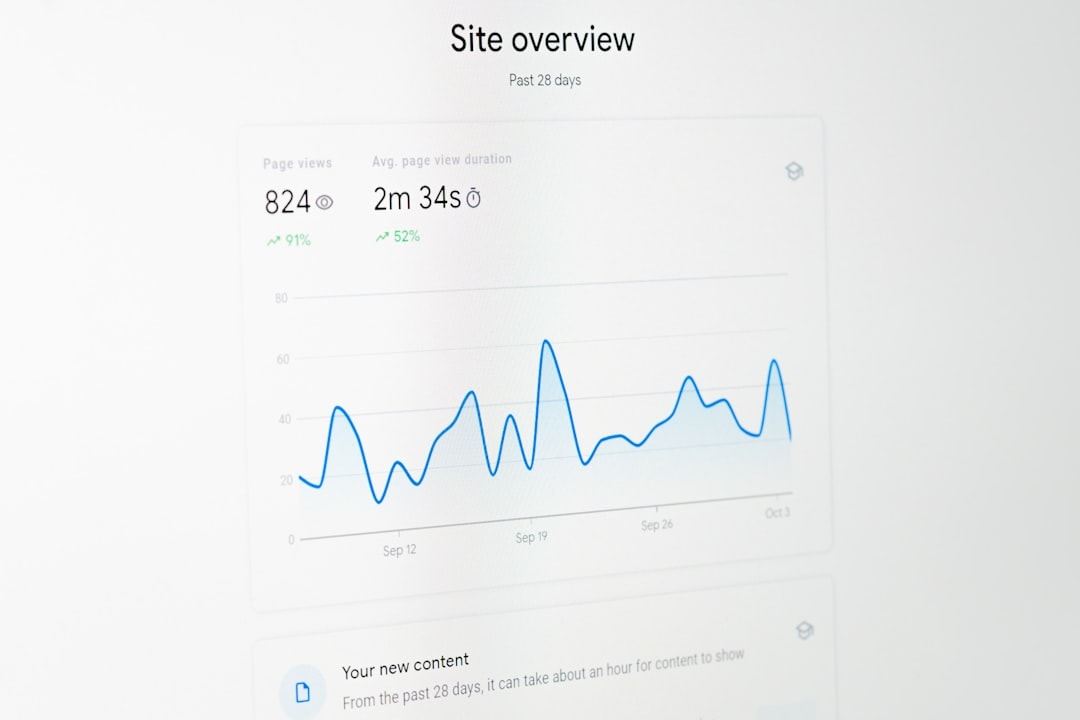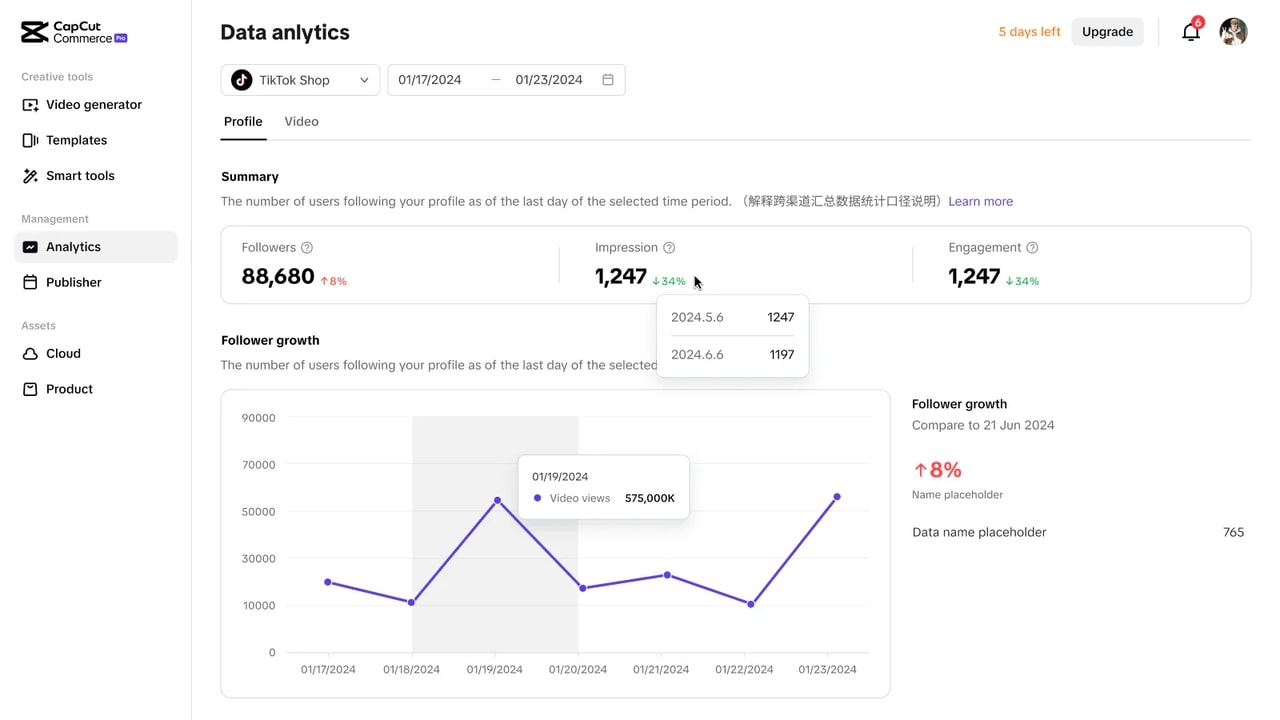In the dynamic and increasingly digitized business environment of 2025, selecting the right tools for realsource management is not just advantageous—it is essential. As organizations grow and evolve, so do the complexities associated with sourcing, managing, and utilizing resources effectively. Whether you’re overseeing supply chains, workforce deployment, or virtual assets, the strategic selection of tools can determine your operational agility and long-term sustainability.
Realsource management is defined as the practice of identifying, acquiring, monitoring, and optimizing an organization’s tangible and intangible resources. It encompasses everything from human capital and raw materials to cloud computing services and intellectual property. The implications for corporate performance, competitive advantage, and regulatory compliance are significant.
The Shift Towards Intelligent Tools
With advancements in artificial intelligence (AI), machine learning, and software integration, realsource management in 2025 looks substantially different than just a few years ago. Organizations need tools that are not only functionally robust but also intuitive, secure, and capable of real-time decision support.
Today’s tools are now expected to offer:
- Advanced analytics for predictive modeling and performance optimization.
- Cloud-native architectures for scalability and accessibility.
- Seamless integrations with existing enterprise systems such as ERP, CRM, and HRIS.
- Automated compliance checks for regulatory adherence and risk mitigation.

These features do more than just enhance visibility—they streamline workflows, reduce errors, and ensure resources are allocated where they’re most effective.
Key Criteria for Tool Selection
Choosing the right tools requires a methodical approach. While flashy interfaces and emerging tech buzzwords may be tempting, decision-makers must base their evaluations on clear, value-driven criteria.
1. Alignment with Business Goals
Start by assessing how the tool aligns with both short- and long-term objectives. Ask:
- Does the solution support current operational models?
- Can it adapt to future strategic shifts such as market expansion or sustainability initiatives?
2. Functionality & Flexibility
The tool must support core realsource functions—procurement, allocation, monitoring, and optimization—while also allowing customization. A rigid system may hinder growth or require expensive workarounds.
3. Vendor Reputation & Support
Evaluate vendor history, financial stability, customer testimonials, and support responsiveness. In 2025, user experience also includes how quickly issues are resolved and how effectively the vendor updates the product.
4. Data Security & Compliance
Given the rise in cyber threats and tightening regulations around data privacy, tools must follow industry standards like ISO 27001 and GDPR compliance protocols. It’s not optional—it’s a fiduciary responsibility.
5. Total Cost of Ownership (TCO)
Beyond initial procurement, consider costs for implementation, integration, training, and ongoing maintenance. SaaS pricing can be deceptive if not analyzed over a multi-year horizon.
Top Categories of Tools for 2025
Depending on your industry and size, your realsource management needs may vary. Nevertheless, several categories of tools stand out in 2025 as essential for efficient and effective operations:
Enterprise Resource Planning (ERP) Systems
Solutions like SAP S/4HANA, Oracle Fusion Cloud ERP, and Microsoft Dynamics 365 continue to lead, offering end-to-end visibility of resources. They offer embedded AI features that analyze how resources are utilized and suggest improvements automatically.
Supply Chain Management (SCM) Platforms
Palantir Foundry, Blue Yonder, and Kinaxis are revolutionizing supply chain dynamics. These tools incorporate real-time tracking, scenario modeling, and demand planning powered by AI.
Human Capital Management (HCM) Suites
Tools like Workday, BambooHR, and SuccessFactors help manage the recruitment, onboarding, development, and deployment of employees. In 2025, they also support hybrid work policies and diversity tracking.
[h3>Asset and Inventory ManagementEziil, UpKeep, and IBM Maximo remain key players in managing physical assets and inventories across diverse locations. Such tools help reduce downtime, streamline maintenance, and enhance lifecycle visibility.
Resource Optimization Engines
These specialized tools use data from various systems and apply optimization algorithms to allocate resources most effectively. Tools like Optessa and AIMMS offer what-if simulations that are vital under volatile conditions.

Integration: The True Power Multiplier
No single tool can operate at peak efficiency in a silo. The real power comes from seamless integration across your suite of tools. With the rise of API-first design, integration is more feasible than ever—yet it still requires strategic planning.
Look for unified data lakes, shared dashboards, and consistent KPIs across tools. This integrated ecosystem not only enhances transparency but also empowers faster, data-backed decisions.
Challenges to Overcome
Despite the availability of cutting-edge tools, organizations still face several challenges when implementing them:
- Change Management: Stakeholders resistant to change can slow down adoption.
- Data Quality: Poor-quality data input leads to poor-quality insights, regardless of how advanced the tool may be.
- Over-reliance on AI: AI should augment decision-making, not replace human oversight. Many tools still require user interpretation and governance frameworks.
Tackling these issues proactively can significantly enhance the ROI of your investment in realsource management tools.
The Road Ahead
As we move deeper into an era governed by digital and environmental transformation, the importance of agile, data-centric realsource management cannot be overstated. Expectations in 2025 are higher than ever—solutions must deliver reliability, synchronicity, and foresight.
Organizations that adopt a holistic strategy—prioritizing both business alignment and technical efficacy—will be best positioned to thrive. Rather than frantically following every tech trend, the smart approach is to identify tools that simplify complexity and ensure durable value creation.

Remember, the tools themselves are just enablers. Success ultimately rests on vision, leadership, and the capacity to harness these technologies effectively. With the stakes this high, a well-informed decision today can shape the future of your organization for years to come.

